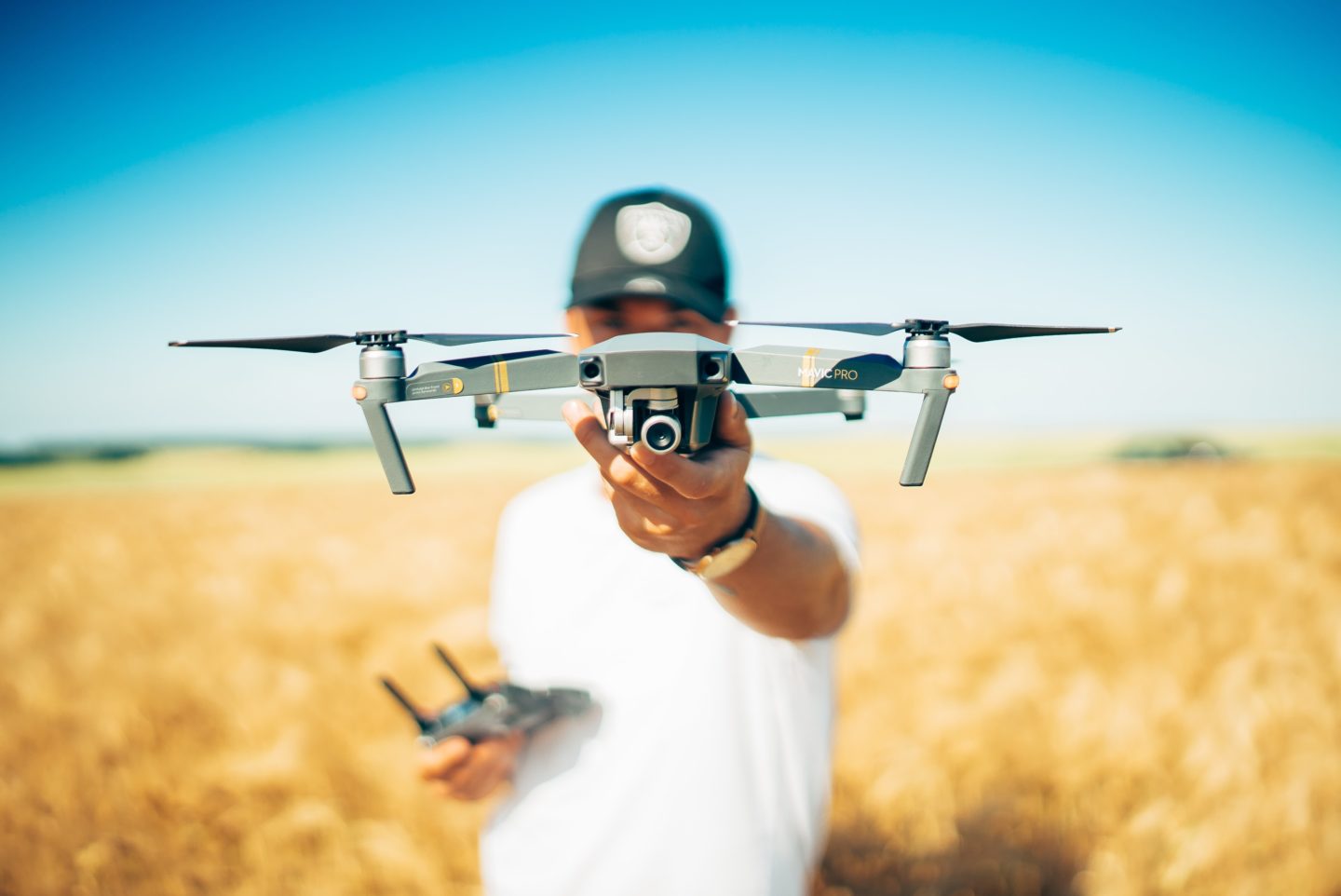“With cost and competition increasing, I realized that digitization was not just a tool but a competitive advantage.”
Al-Obeikan realized that a strategic focus on digitization was about more than improving productivity; it was also about meeting the growing expectations of OIG’s customers and employees. He realized that they were experiencing a far more personalized and accessible experience as consumers and knew that they would come to expect this in their working lives as well.
“If you order a pizza, you can now see exactly where it is every step of the way. But this was not the experience my customer was getting when waiting for his product or my employee experienced while waiting for a spare part. I realized that we needed to give them the same experience they were receiving as consumers by communicating with them regularly and on the platforms that they preferred — that is, on their mobile devices,” he said.
A digital transformation
In 2017, OIG embarked on a journey to create a digital enterprise. This involves data scientists working hand-in-hand with experts in the field to ensure that all processes are digitized, unlocking the knowledge within the business to create digital assets of the company’s physical assets.
Today at OIG’s 20 factories, digital technologies provide end-to-end connectivity across all machines in the facility. Data from these machines is analyzed to contribute to artificial intelligence and advanced analytics that drive continuous improvement in machine and production efficiencies. Smart equipment raises maintenance tickets automatically and there is real-time machine health check reporting and production target tracking.
The success of the digital transformation is measured in improvements in productivity, in quality, in customer experience, and in employee engagement.
“We don’t measure our success by the flashy screens we have on the shop floor, we measure our success by real money on the bottom line,” said Al-Obeikan.
“Through smart manufacturing, we have moved from a world where people manage machines to where machines, data and analytics are enabling us to improve our productivity and experience continuous improvement. We have transformed our supply chain, and we are able to make decisions quickly across the entire spectrum of our operations, which is greatly improving customer experience.”





 Audio available
Audio available
